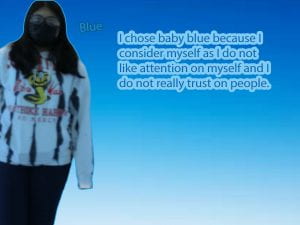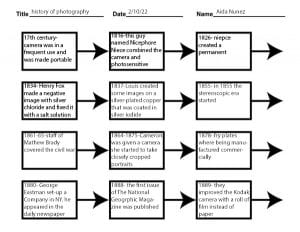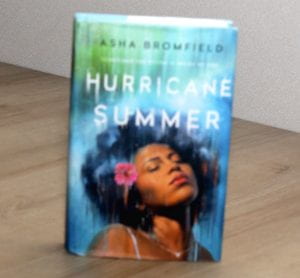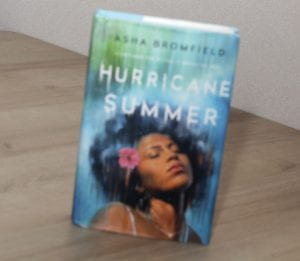
National Geographic Magazine Cover Review

this one is my favorite because I like how you can still see the water and the two people that are there. its also my favorite because I like how the building pops out more. It seems like the two persons are asking for help.

this one is also my favorite because of how the thing that catches my eye is the yellow jelly fish thing. I like how it looks like it has a face. the thing the most I like about this one is the ocean. I like how the rocks are to the side. It seems like the person is going into a sea cave.

this one catches my eye because it reminds me of a Disney movie. I like how the ocean looks. the other thing that catches my eye is the ship. I like how the ship is in the middle of the ocean and how the buildings are on the side.
article read and write
the thing I got out of the article is that the technique can express excitement and drama into the photos. another thing I got out of the article is that the silhouette technique gives a mood into the strong image. this technique gives the image glamor. when there is a subject with a foreground it is strongly lit behind. you should best avoid the lighting when shooting with a normal exposure. The lighting is good when shoot a silhouette. when doing a silhouette the light should be brighter than the subject
painting with light

the photographer achieved the results by how the subject is in the middle with the lights spiraling. I believe its eye catching because how the person has a mask on and has the lights in the back.

read and respond
The article is about what people ask you what you do and want to know what your pictures look like on how you do it. The article is also about how the person is done saying introduction or stop stalling and trying to figure out what they where really describing. Some interesting facts I found interesting is how in the beginning it talks about like someone asking you what you do and what kind of photography you do. Another interesting fact that I liked was how it talks about how we define ourselves as or how we see ourselves when we are not doing the thing that defines us.
I found interesting how they found the main interest they liked which was culture. When they started to research ‘cultural photography’ they couldn’t find anything as if it didn’t existed. I found interesting how when they searched ‘culture’ categories there where mostly categories for photographers that mostly spend their time on tribal culture. the article talks about how they found out that culture had not meant just remote culture. it talks about how there is plenty of different cultures in cities and populated places.
I like how they use something Chief Jimmy of the Naihne tribe in Tanna. I found interesting that Chief Jimmy told them that they used to dress for the photographers that would go but now they don’t because of they wouldn’t dress all the time. I also found interest that how photographers wanted to see traditional culture looks. The article also talks about how they turned to science. they guessed that some different type of science could clarify their process.
what is your color

history of photography timeline

One thing that impressed me was the brownie camera. The thing that impressed me the most was how Mathew Brady had a staff to take pictures in the civil war instead of himself.
on location portraits or still life



external flash worksheet
- you would use a external flash when you need powerful casting light while shooting a far distance.
- you would mostly need to meter the light when you are using studio flash.
- its the fastest shutter speed for the camera
- ETTL is where the camera gets information that is from the lens. it also calculates how much light the flash needs.
- if you shoot faster than the sync of the camera speed it would blackout a partial part of the image
- photographers bounce the flash and use a diffuser to soften or spread the harsh light
- a slave is used to monitor the incoming light
- if the image is to dark you use brightness/contrast. if its to light you can increase the shutter speed.
- you take flash off & on by pressing a button that is next to the monitor
flash photo compare

- on the left picture it has more light.
- on the right picture the lighting doesn’t show up
- both pictures have a white background
- in one of the pictures the shirt is more brighter than the other picture
- on the left picture it has more shadow and on the right one it has less shadow